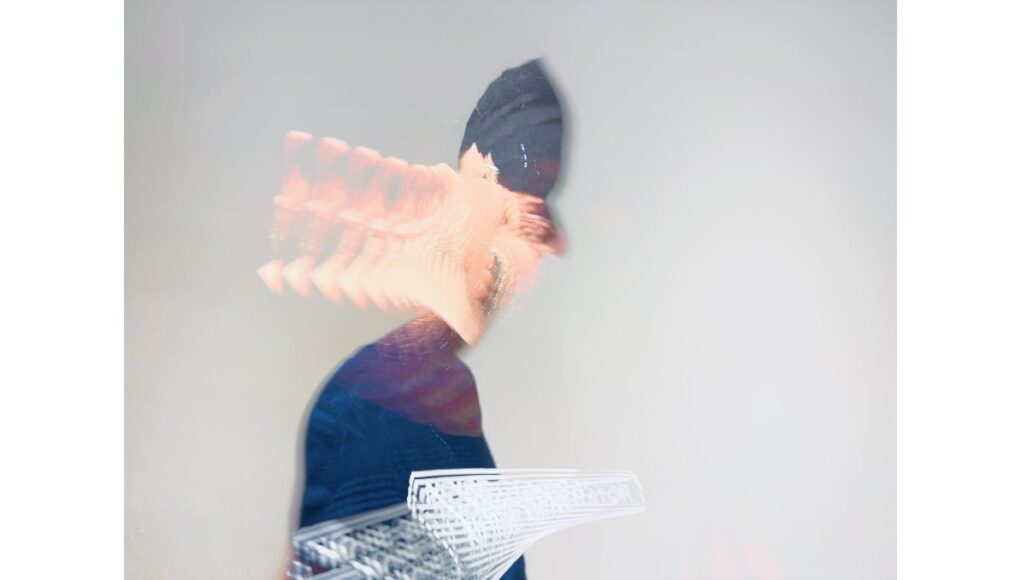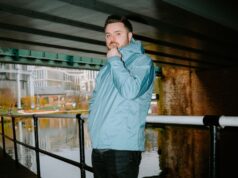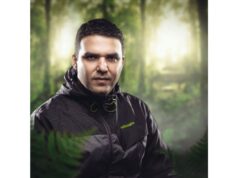Invictus Hi-Fi, a British electronic artist, has been steadily carving out a niche in the experimental music scene. His debut album, The Market Deities, released in 2023, oscillates between fierce digital experimentalism and pensive avant-explorations, earning acclaim from Electronic Sound as a „compelling work.“ The 2024 follow-up, The Vanishing, further showcased his unique brand of experimental electronica, with Zen Sounds naming it one of the year’s best albums.
Drawing inspiration from artists like Boards of Canada, Burial, and Brian Eno, as well as 20th-century documentaries, Invictus Hi-Fi’s music demands attention. His forthcoming live album, Appearance, set for release on January 31, 2025, captures the essence of his studio performances streamed from eastern England.
The album showcases live remixing techniques inspired by Dub sound systems, offering fresh interpretations of tracks from his previous works, accompanied by videos for each track.
How did the idea of using live remixing come about, and what was it like reworking your tracks in a more spontaneous, performance-driven way?
I’ve spent nearly half my life in bands and so the live thing is always a consideration for me, although ironically I originally started Invictus Hi-Fi as a project where live performance wouldn’t be a needed and would free me up to just create without those boundaries.
That said, many parts of IHF tracks are recorded live in the studio and so I’ve clearly retained some need to perform and a love for the organic nature of those ‘on the spot’ choices you have to make.
In terms of what inspired these sets, I’ve always been fascinated by how 1970’s Dub sound systems (which electronic music owes almost as much to as Kraftwerk) and old school Hip-Hop acts reworked existing material in experimental new ways and so that’s a big part of the inspiration here. You can probably tell from the heavy use of echo too.
What role do the visuals play alongside the music, and how did you approach making them feel like an integral part of the album rather than just an addition?
For the sessions used on Appearance not so much as I wanted to focus on live performance, rather than also having to trigger visuals – and I’m happy with that choice as it otherwise there would have been just too many spinning plates. What you seen on YouTube vids is carefully chosen footage I added later on.
I made a lot of use of footage in my R3mote sessions back in 2023, which made more sense then as the tracks were more dependent on these. That was especially the case with the live version of Delete which features some of the legendary Frost/Nixon interview, and also The Alpha which the talented crew at L.E.P.C made a powerful video for.
Your influences span such a wide range. How do they shape your creative process without overwhelming your own voice as an artist?
I’d say there are influences in a sense that I listen back to my stuff and think ‘yeah, I can hear a bit those guys in there’ rather than consciously approaching the studio thinking ‘I’m going to make something that sounds like Eno or Neutral Milk Hotel today’. That isn’t something I’d do and as such it isn’t really a challenge as they’re not actually present.
Same goes for genre – to be honest I struggle to take anyone who makes music with a specific genre in mind seriously these days. I mean – it’s been done, right? To me you’re not a decent artist unless you forge your own clear path.
Translating studio work into a live setting can be tricky. What were the biggest adjustments you had to make to bring these performances to life?
Get good! For the Appearance sessions I especially made sure I rehearsed the fuck out of the tracks to make sure the performances were really tight and I understood the possibilities of the gear I had to hand – which was essentially a sampler, a controller keyboard, a sequencer and a magic digital box handling synths and FX.
As with all live performances, once you’ve mastered the rudimentary stuff you can comfortably experiment safe in the knowledge you can fall back to muscle memory if things start to sonically fall apart. Unless you want them to fall apart of course – which I sometimes do.
After your last album received so much praise, did you feel any pressure or have a clear direction in mind when creating this follow-up?
Not so much with this one as being a live album making use of existing album tracks and singles it kind of is what it is. That said I did have to spend a bit of time with the mastering to tidy up the frequencies a bit as it these sessions were never originally planned for release.
The next album though – yeah, I’m feeling so pressure there a little but anyone expecting The Vanishing, Part Two is going to be very disappointed anyway as it is swapping the thoughtful analog considerations of that last album for something much harder, more digital and conceptually direct. Expect that one sometime later this year or early next.
This album feels like it blurs the line between live performance and a studio release. How do you see that hybrid approach fitting into your broader catalog?
I’m normally very focused on concept, and always will be as that is a big part of the mission here, but after listening back to these live sessions I thought it would be an idea to share something that captures the real energy and spontaneity of live performance.
Also it’s worth adding here that I really fucking enjoyed these sessions and I hope that vibe comes across when people check them out. If you can capture such a thing then I hope I have.
As I’ve mentioned, there is a ‘live’ element to my work in the studio as I don’t like laying stuff down without some kind of raw organic energy and so I guess Appearance is a case of dialling that up approach significantly and letting it loose.
How do you balance the unpredictable nature of live remixing with the technical precision people often expect in electronic music?
Not sure precision is a goal for me generally if I’m honest, I think often that can lead to tracks sounding really anaemic and dull. As such there’s a bit of space there to keep things loose – but it still required a lot of practice to get the sample triggering of each part locked in properly.
I think the unpredictability and the risk of everything going to shit is part of the fun of it all really, and makes the times you do land it correctly or fluidly feel all the more special.
Performing in a live-streamed format must come with unique challenges. How did you ensure the performances felt authentic and connected, even without a traditional audience?
It’s very different to being on stage and feeding off of a live audience, and if you’re wondering if I bothered checking the feed during these sets I’m sorry to say I absolutely didn’t as that would have been too distracting – take your pick of live streaming influencers pulling faces, talking bullshit or miming if that’s what you need from your socials!
So yeah, zero interaction there but that helps keep things focused on one hand but lacks the energy of a live audience on the other. I’d be open to performing it in a proper live setting though, it would transfer well to that I think.








